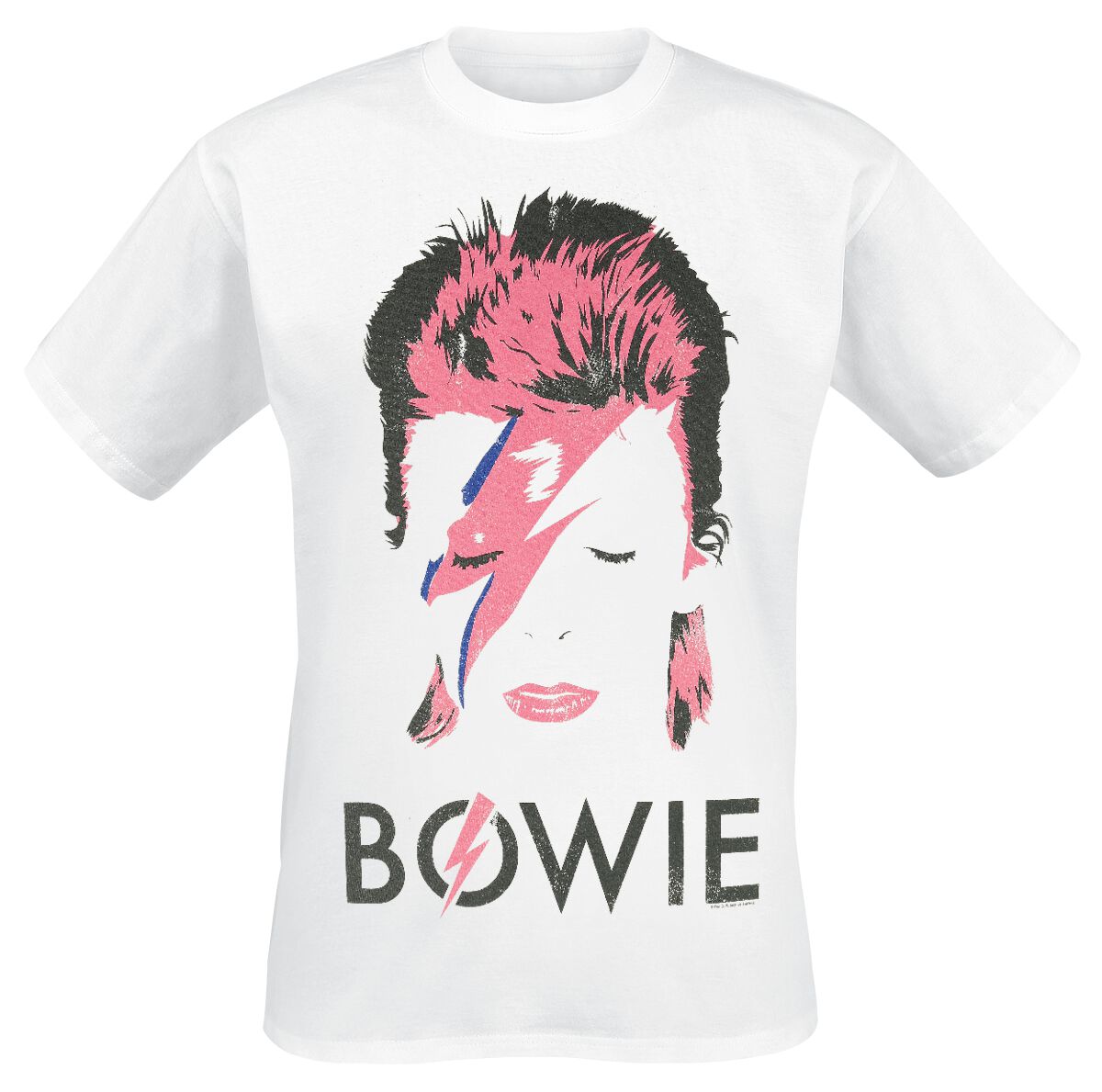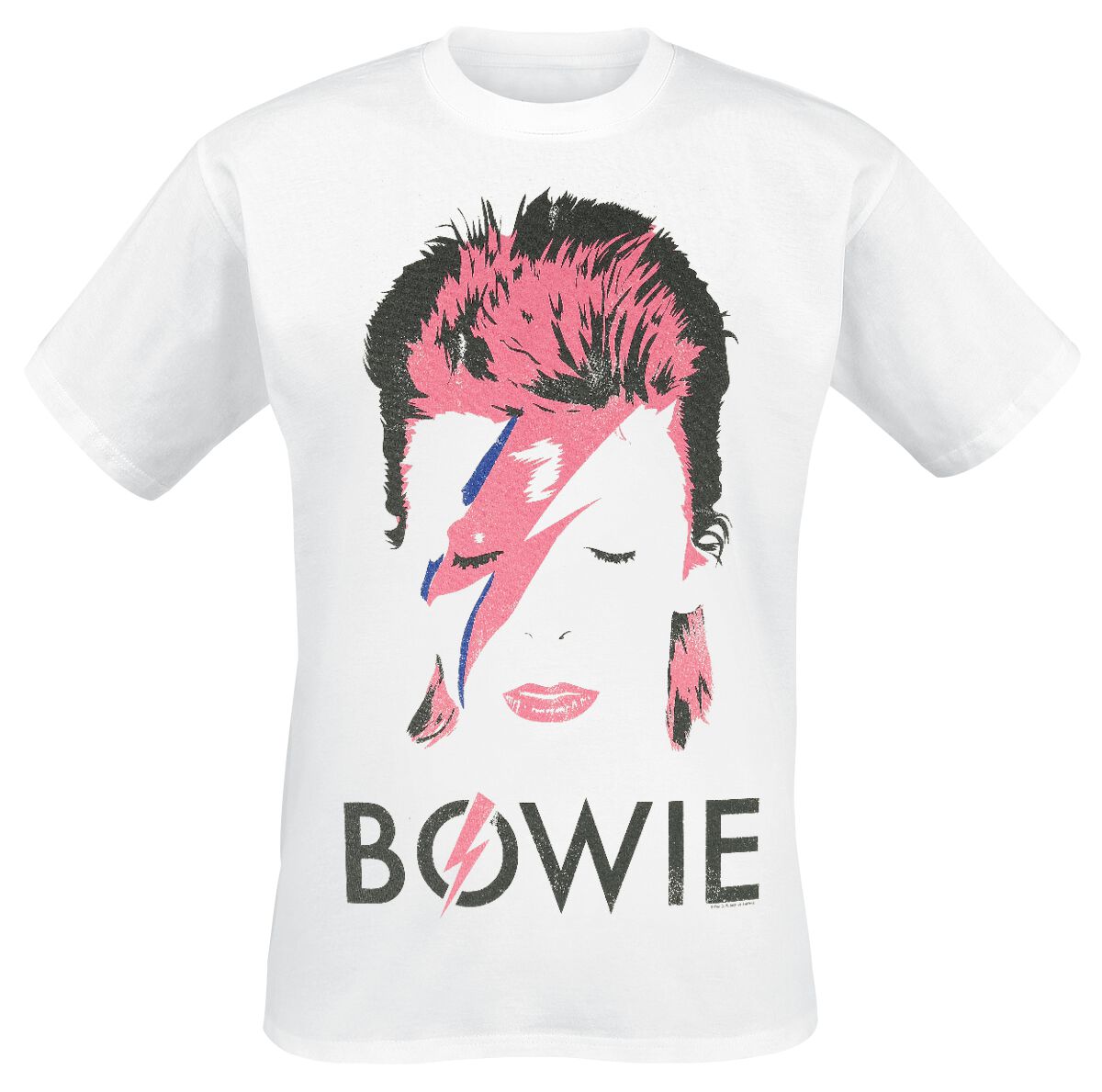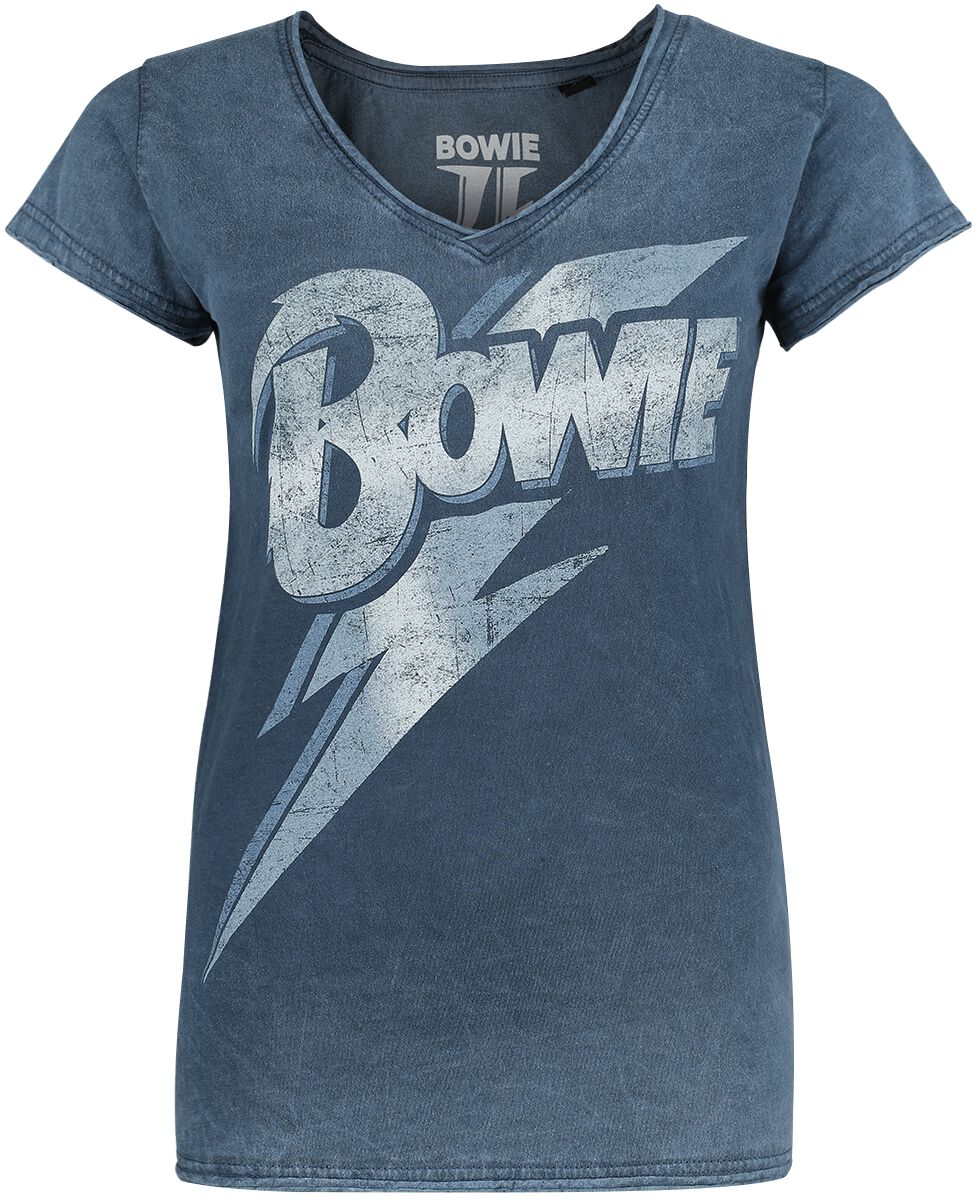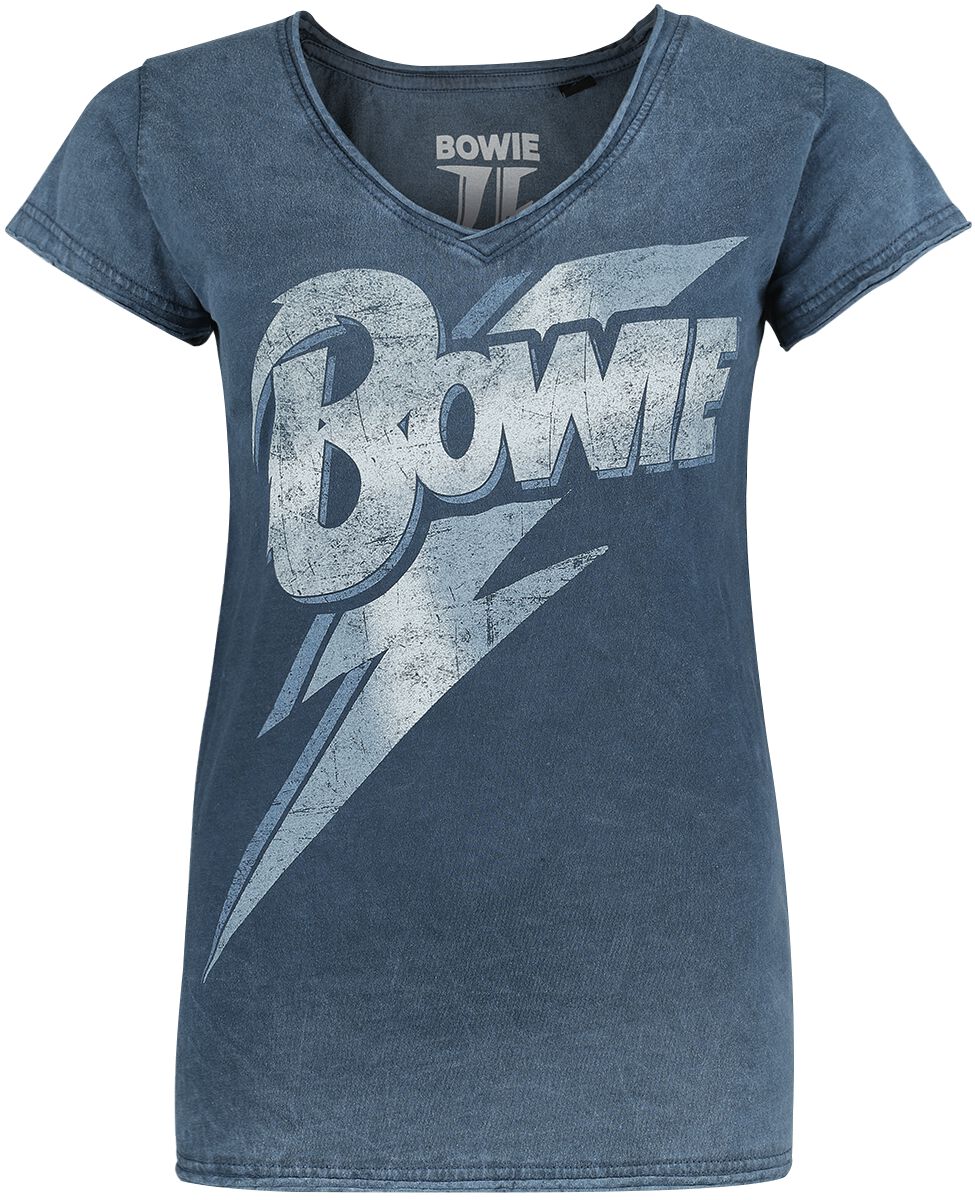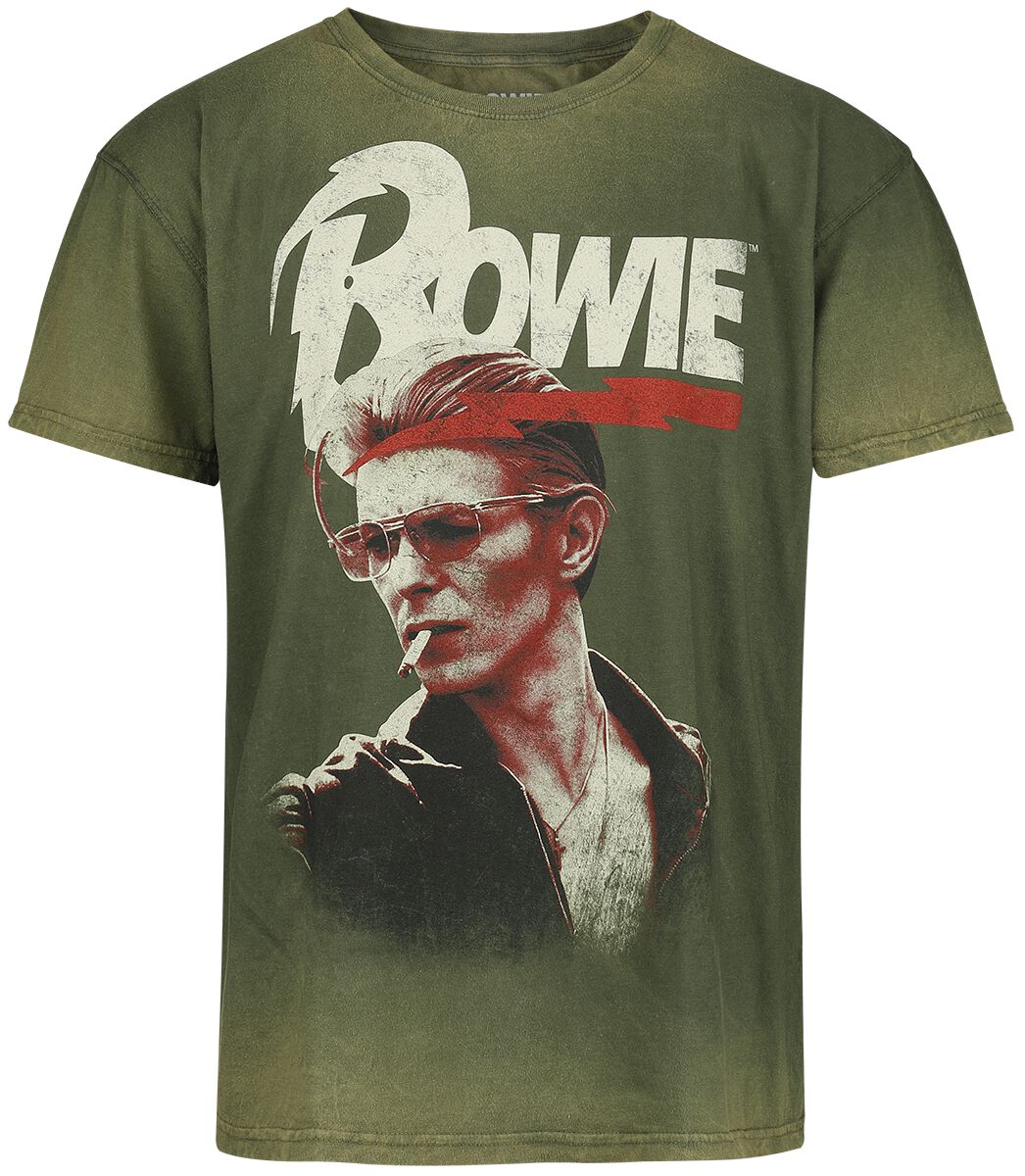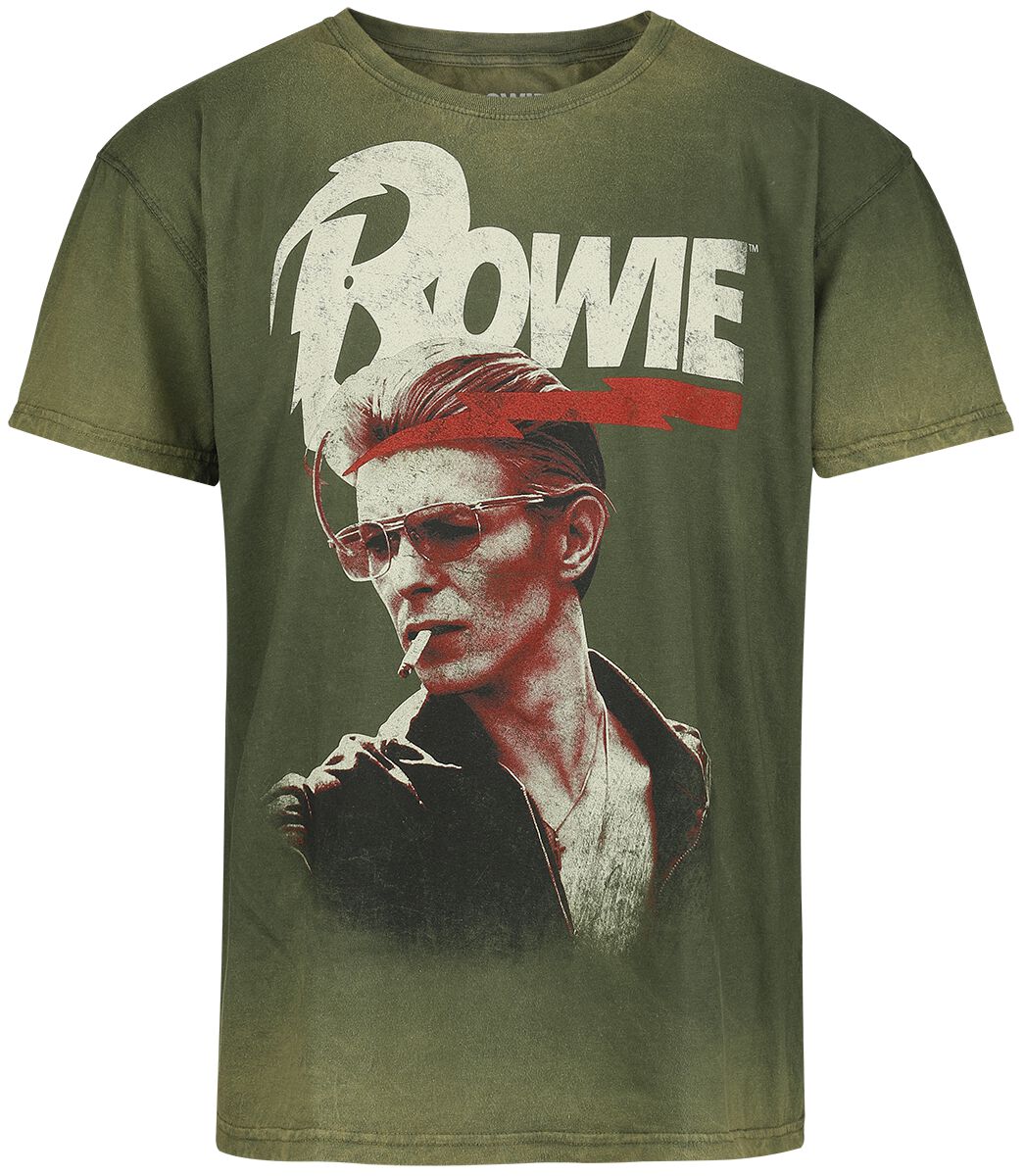To talk about David Bowie is to simplify the incredible, chameleonic career of a singular artist who constantly reinvented himself and collaborated with an ever-changing roster of brilliant musicians. David Robert Jones, known globally as David Bowie, was a true icon of pop, rock, glam rock, soul, electronic, and avant-garde music, whose influence transcends genres and continues to resonate in the modern music landscape.
Bowie’s journey began in Brixton, London, where he was born in 1947. Even in his early days, he displayed a restless artistic spirit. Before adopting the name David Bowie (to avoid confusion with Davy Jones of The Monkees), he performed with a series of bands in the mid-1960s, including The Konrads, The King Bees, The Manish Boys, and The Lower Third. These early experiences, though not leading to immediate fame, allowed him to experiment with different sounds, from R&B to folk. His interest in mime and theatrical performance, honed through studies with Lindsay Kemp, would become a defining characteristic of his later personas.
His first major breakthrough came in 1969 with the release of “Space Oddity,” a haunting, folk-tinged song about an astronaut named Major Tom, released just before the moon landing. This marked the beginning of his rise to superstardom, although it was the early 1970s that truly cemented his legendary status. With the emergence of his flamboyant alter-ego Ziggy Stardust and the release of The Rise and Fall of Ziggy Stardust and the Spiders from Mars in 1972, Bowie exploded into global consciousness. The “Spiders from Mars” – Mick Ronson (guitar), Trevor Bolder (bass), and Mick Woodmansey (drums) became a crucial, dynamic band that perfectly amplified Ziggy’s theatricality and hard-rocking edge. This era wasn’t just about the music; it was a revolution in glam rock, fashion, and gender fluidity, inspiring countless artists and fans alike.
Bowie’s genius lay in his refusal to stand still. He shed the Ziggy persona and moved through distinct musical phases, often discarding one successful identity for another entirely new one. The mid-1970s saw him embrace soul and funk with albums like Young Americans (1975), which featured the US No. 1 hit “Fame,” co-written with John Lennon. This period also introduced the chillingly elegant character of The Thin White Duke, a persona that embodied the darker sides of fame and obsession.
The 1980s saw a return to massive commercial success with Let’s Dance (1983), an album that blended his art-rock sensibilities with polished dance-pop and R&B, featuring hit singles like the title track and “China Girl.” This era showcased his incredible versatility and ability to remain relevant across different decades. Later in his career, Bowie continued to experiment, from the industrial sounds of Outside (1995) to the drum and bass influences on Earthling (1997), always keeping his audience on their toes.
An interesting fact about Bowie’s approach to his musical ensembles is that while he often had core musicians, particularly his long-term pianist Mike Garson and guitarist Earl Slick in later years, he generally performed as “David Bowie” rather than a fixed band name, truly embodying the role of a singular artist with a rotating cast of exceptional collaborators.

